Sonam moves up singing, chatting, all the while moving through his Tibetan Mala beads. Mingmar dances from stone outcroppings to thatches of stems and back. Always he is looking for medicine, herbs, or simply that which matters to him – and when outdoors, there is much that matters to our energetic Mingmar. He carries an extra back pack for juniper that he will collect, which will in turn be dried and used as incense. Above all of us is the land where ice, stone, winds, and the occasional avalanche rule.
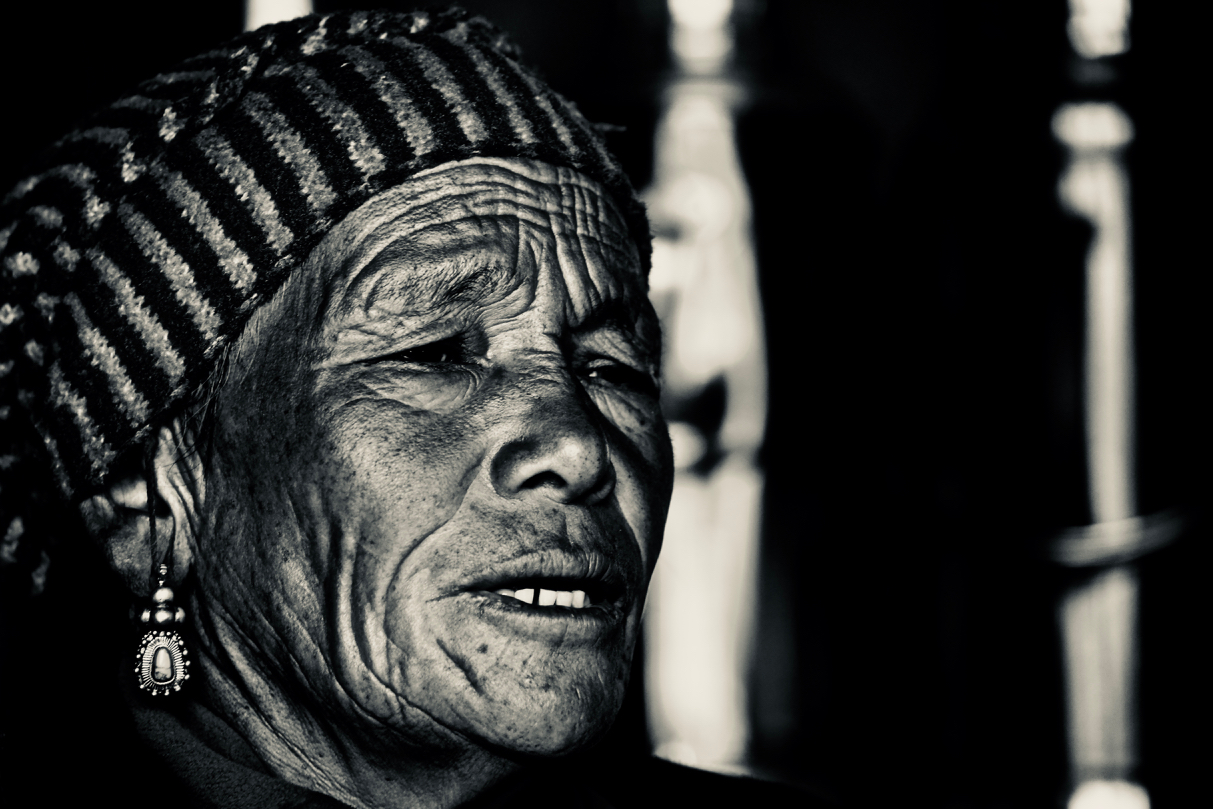
Always in the mind, adjacent to the huge landscapes are the words and thoughts of locals. In this case, Maya…eternal Maya
The sun is mad with strength today pummelling us with bolts. Enough tea is in me to feel at peace with everything. Amy and Dawa lug film equipment upwards and Debra plods along at her slow steady pace. Dawa ‘the elegant’ is with us as well and we dot the path in a long broken line heading north into the bowl valley that holds Kyanjin Glacier, Lirung Glacier and provides a basin which holds glacier melt water.
There are no better visceral moments for me than when ‘tea’d up’, wandering upwards in the Himalayas with an empathetic group around me. That old idea, as skewered as it might seem, of ‘autonomy’, and having honed down one’s needs into a bag is something utterly settling.
As magic as the tangible environment around us is, a line from Beau Lotto’s provocative beauty of a book: Deviate, comes through “What makes the human mind beautiful? We’re delusional!”. Daunting to some, mesmeric to others the spaces we travel through are unambiguous and clear. Risks and lines are delineated in solid forms. What is also clear is how proximate the source of water is. It rests in ebbing bodies of ice above us and it rests within the mountain springs in unknown quantities.
Part of the beauty (which cannot possibly be delusional) is that which lies before us coming down from 7000 metres. The Lirung Glaciers splays and spreads in lines of dirty ice, moraine, and in stone ploughing down over centuries a massive trough to our left (west). To the east of us the more ‘perfect’ traditional glacier of glistening blue and geometry of the Kyanjin Glacier.
While checking kit and cameras, a slight ripple in the air draws us to turn as a huge spray explodes high on the eastern flank of the Langtang Lirung. An avalanche (link to a time-lapse of the first avalanche) has been triggered and a dull rumbling roar is suddenly the entire backdrop of sound. While it exhilarates and stirs the blood it cannot help but distress. More ice, more snow descending, more water in crystal powder form up and whoosh down in a cloud to disappear.
We set up a small base-camp along the eastern lip of the Lirung, shedding socks and lying them atop rocks which burn with heat. One of the treats of altitudes is to shed cloth and let the sun’s power cleanse! We film and stare and marvel. We listen to everyone’s thoughts on what ice means to them. Sonam’s thoughts are clear and perhaps the most poignant. “No one here denies that ice is disappearing. It isn’t a argument. It is our fact. And it is our water which disappears”.
He and his mala are busy as he looks up at the ice and stone. Mingmar still looks for stems, leaves, and anything with value that can be carted down. He is a forager without equal. The two Dawa’s are still in awe of the avalanche exploded downwards, their eyes tracing what is left of the powdered crystals which ever so slightly mute the sunlight, dazzling the entire sky overhead.
Three more avalanches will rattle and smoke their way down the eastern side in the coming hours. Some are delicate, carving their way down in a steam trail while others boom and jolt in small explosions. Each leave a small mark and memory.
Sonam speaks of temperature changes – changes which in themselves are nothing new. But, he speaks urgently of the speed in which the changes come. Adaptation is something that his people have been bound too for centuries, but nothing in their narratives that he’s heard of have spoken of the speed of these current alterations in temperature or of how the seasons suddenly morph without transition.

Dawa the Elegant with a soul as old as the mountains. Like so many who reside within the mountains, he is clear about changes that he sees hourly and clear about how everything is connected. It is this need for connecting elements that marks so clearly the philosophies of the mountains.
There are no local agendas here regarding the environment other than survival and prosperity. Here too I’ve heard words and sentiments that echo other mountain dwellers’ thoughts: that what happens here will inevitably affect the communities further down. There is an inuitive understanding here that all is linked and connected and that nothing within the environmental realm is silo’d or separate.
—
Mingmar is suddenly asleep. He is still and immobile for the first time on this journey and it seems almost abnormal not to have him fussing. Sonam lies beside him with a cloth atop his face to protect against a sun that is relentless and all powerful. Amy hovers filming on a small outcrop as clouds rush and disappear. Both Dawa’s too lie cocooned beside each other with jackets over their faces. Pasang, Debra, and I watch the sky silently.
Debra and I have long spoken about the desire and need to connect these water towers which seem so distant (but aren’t) to the faucets of the cities. To link the idea that they are inextricably bound to one another. Here precious resources lie easily seen in the mind because they are right there. Water is everything here because it is so close and proximate. Debra points at the whole layered mountain range around us and says, “It is all right here isn’t it?”. Considered exotic by many, these locations are remarkably tangible, as are their resources and it is perhaps because of this that locals are so environmentally aware. Their voices too remain clear and refreshingly non-political.

Mingmar, the two Dawa’s, and Pasang tidy up prayer flags removing dust and hanging new ones. To honour the mountains is to honour the relationship that mortals have with them.
Our packed lunches feed us and thermoses of ‘tea’ revive us. As always it is the relentless Mingmar, fully rested from his nap, that prods us onwards. “Let’s move. I need to collect Juniper”. We move.

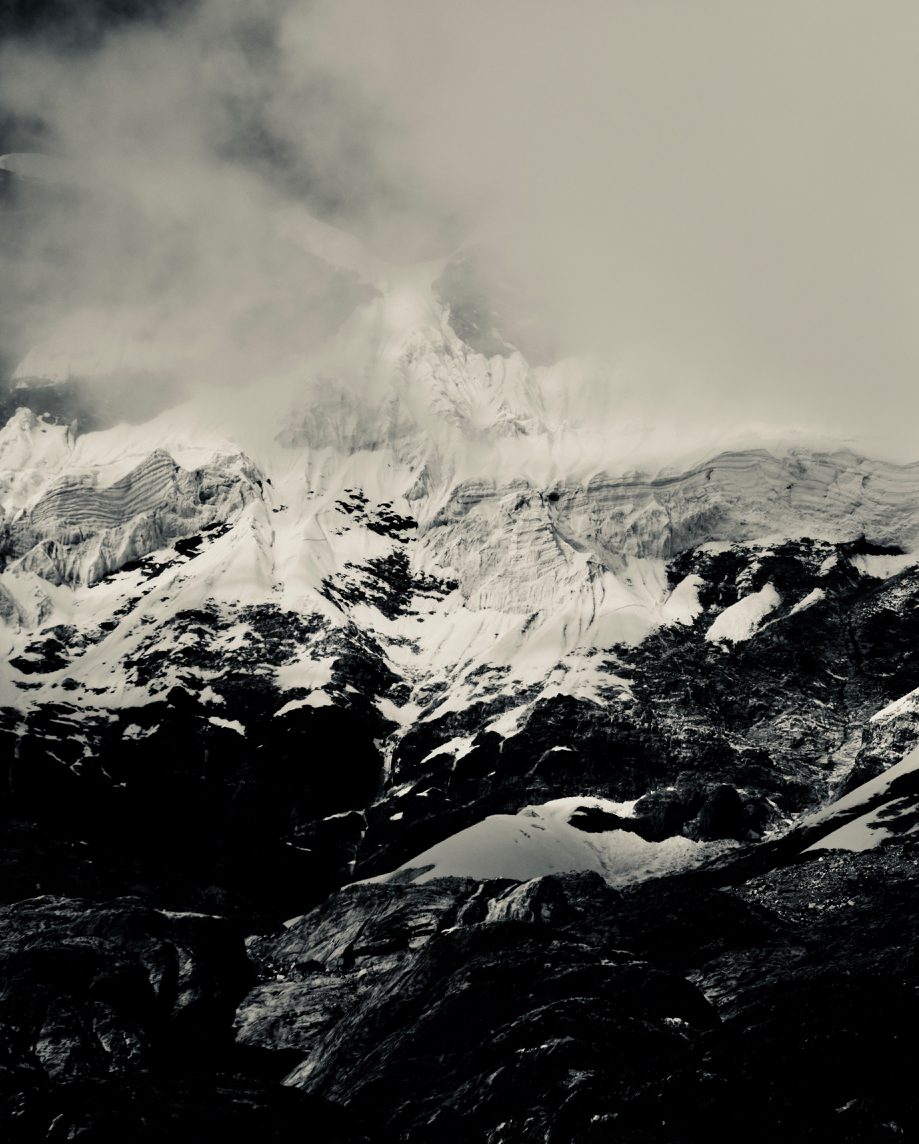

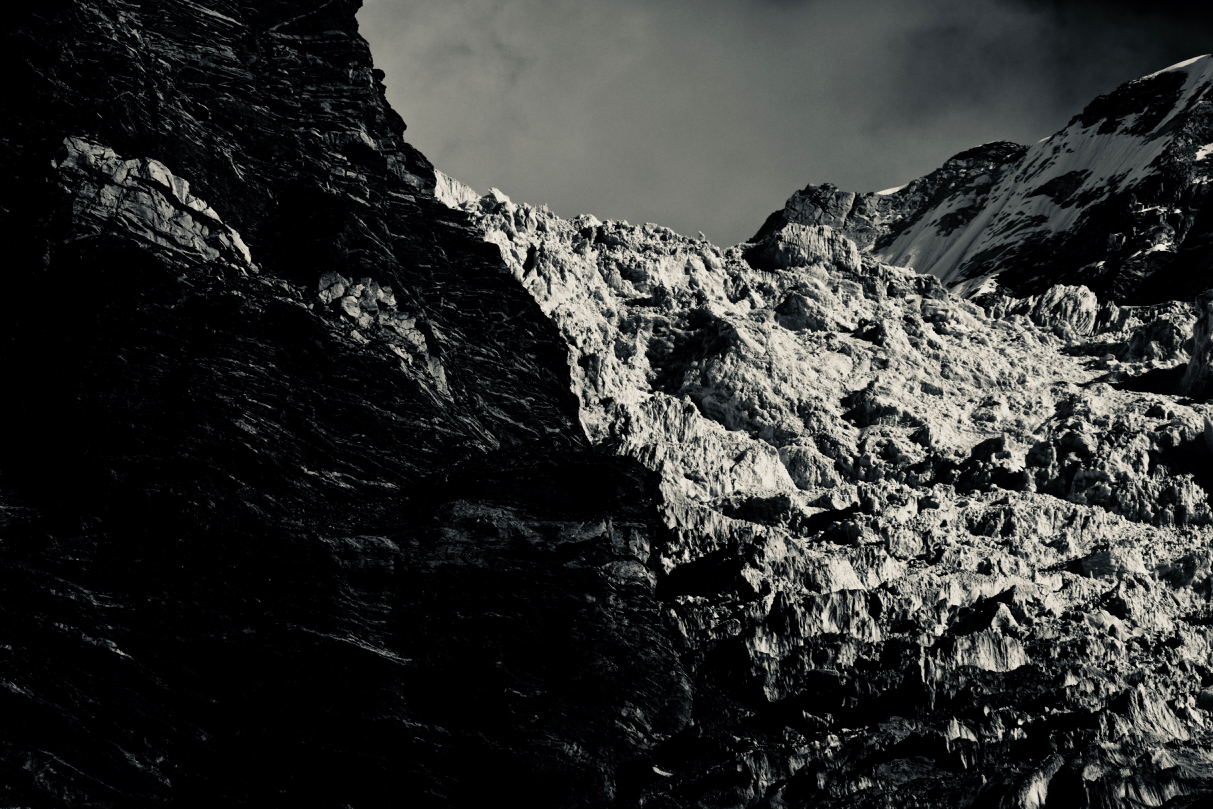
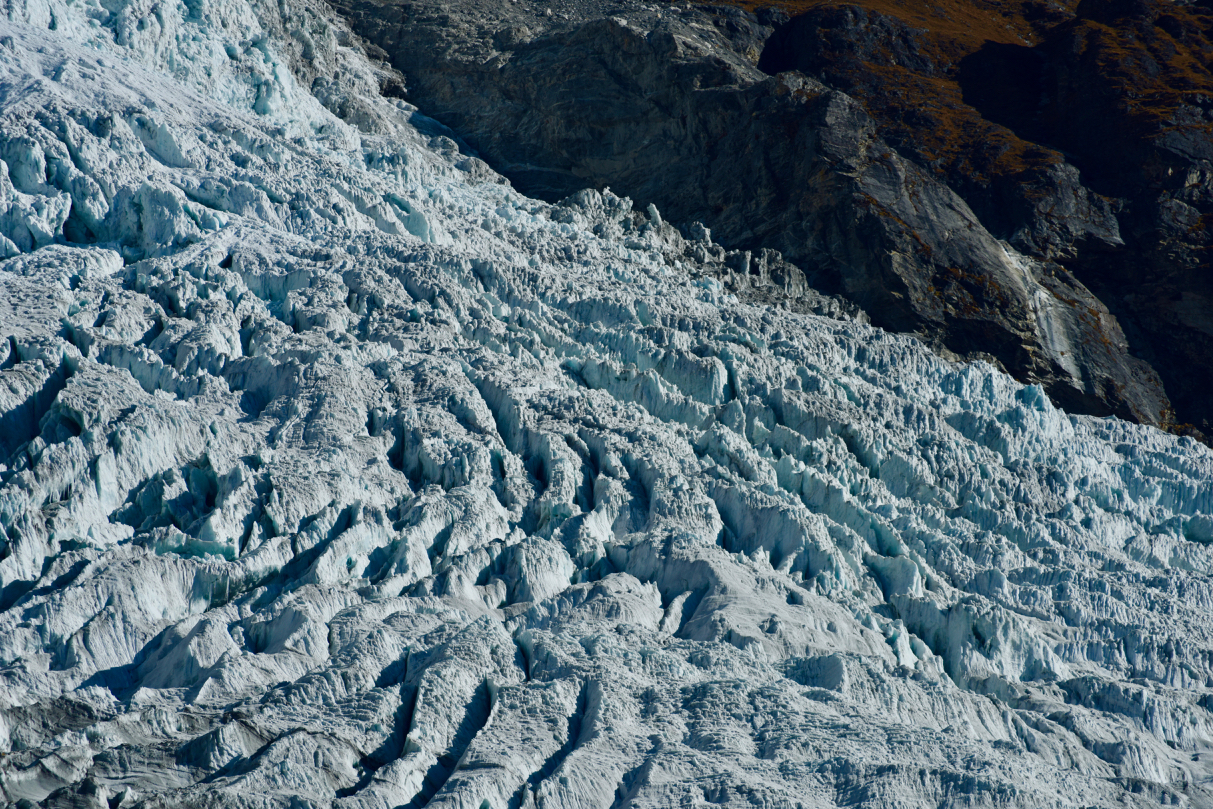

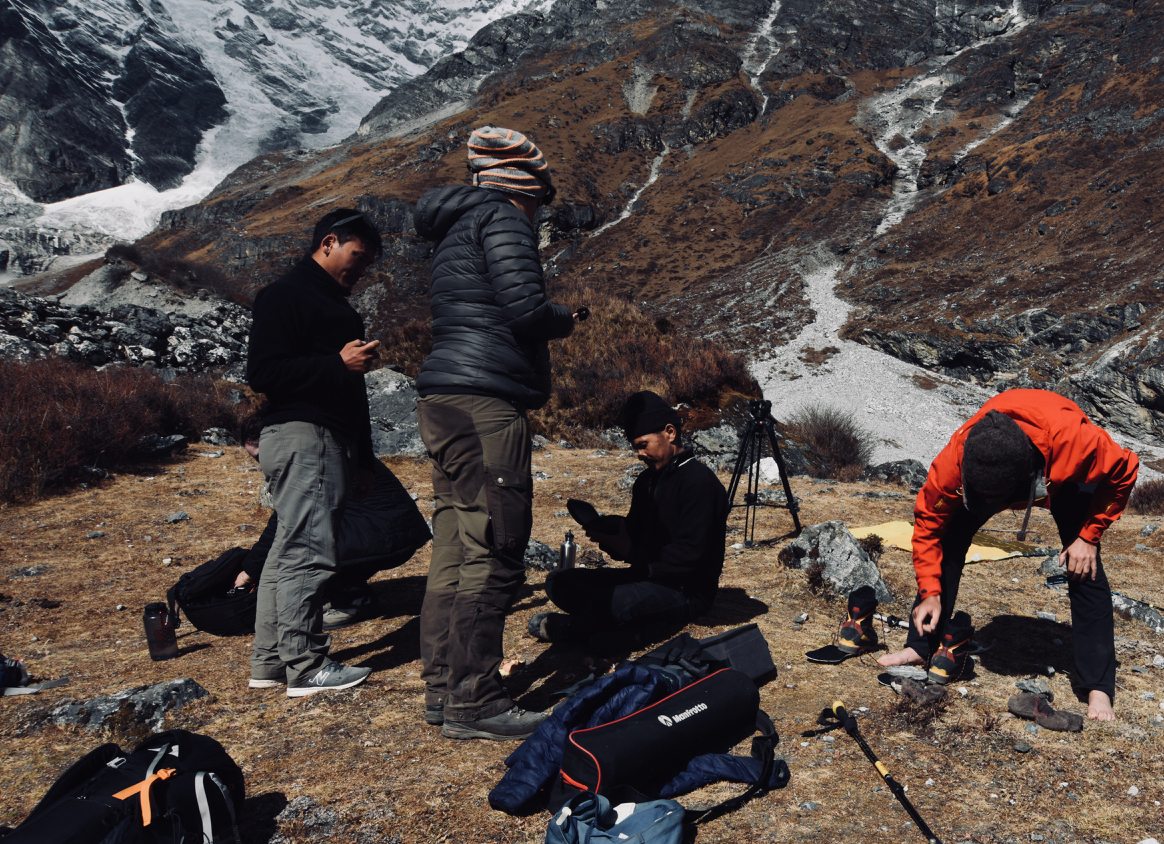
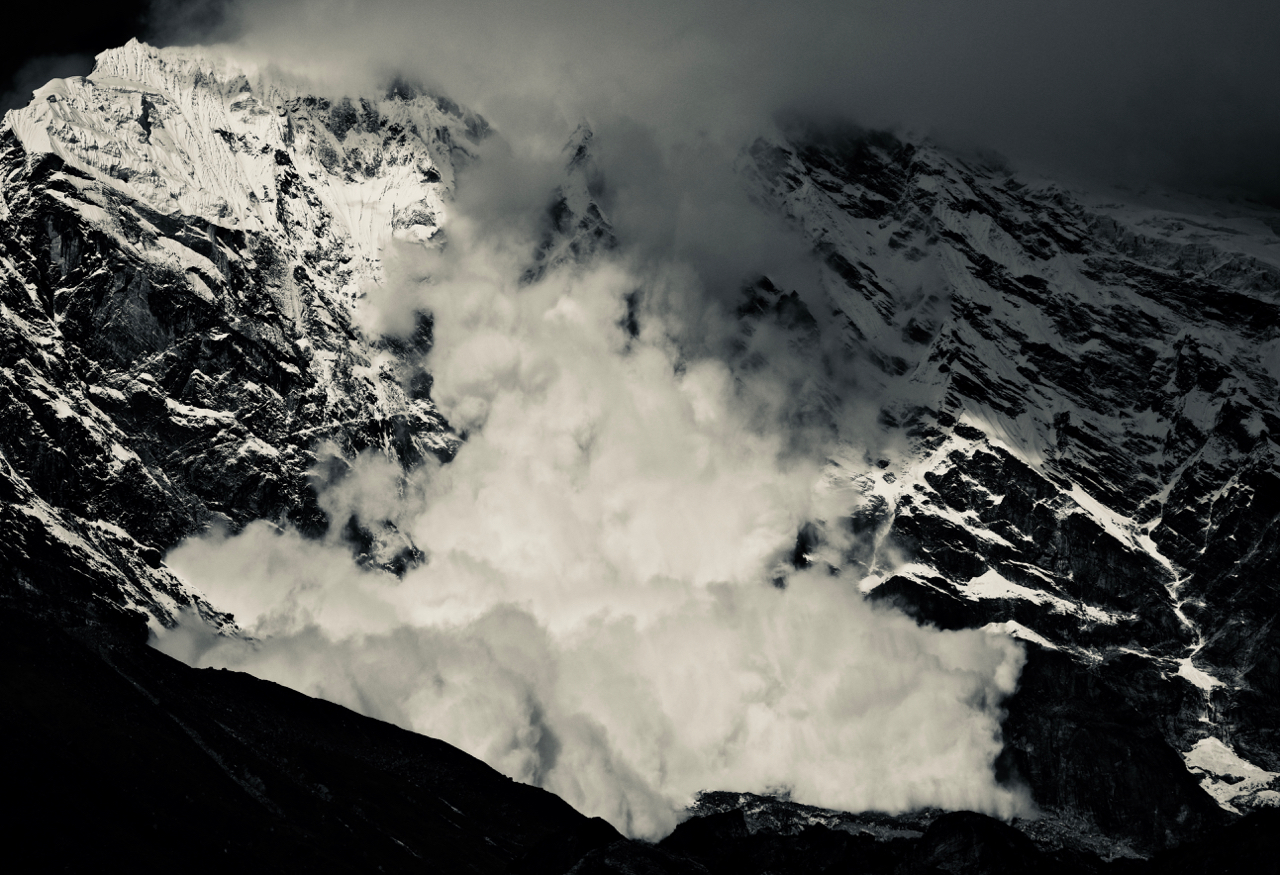
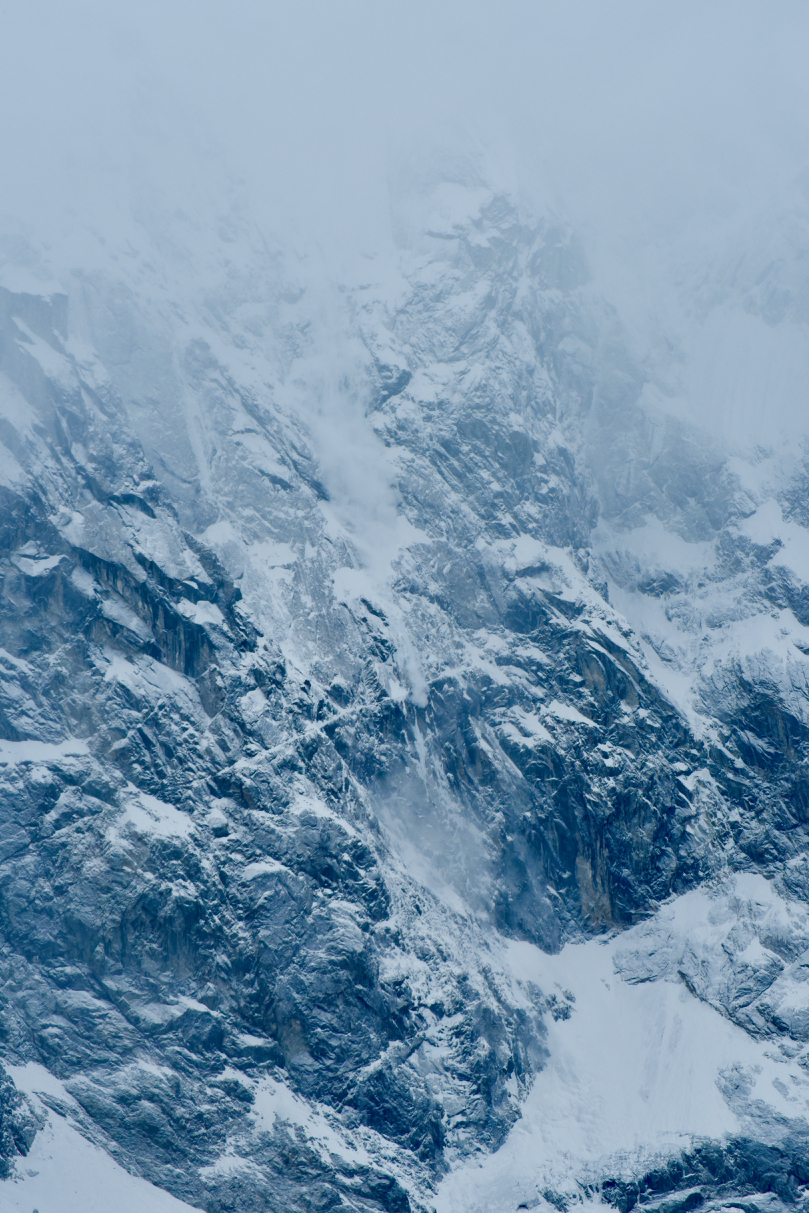
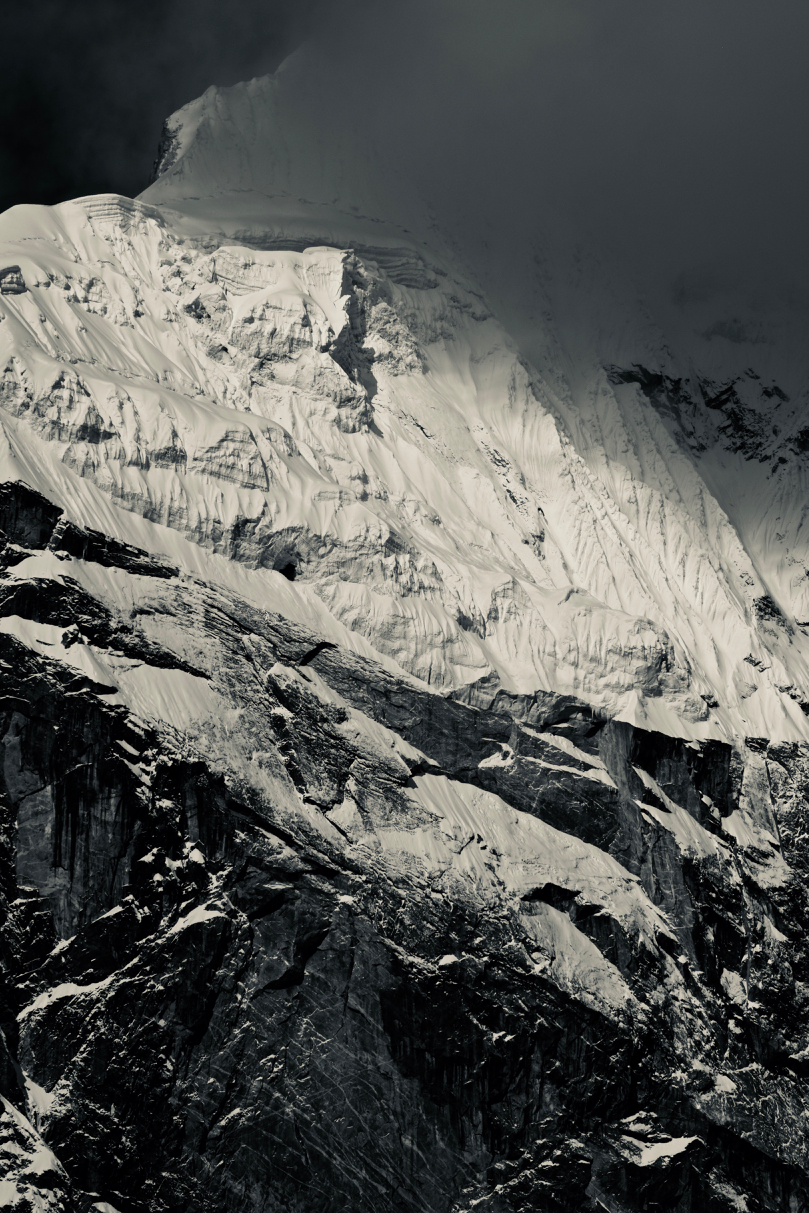
Most excellent post conveying so much in a few well-chosen words and well-chosen photos.
Thanks, as always Terri, for following along on these little journeys.